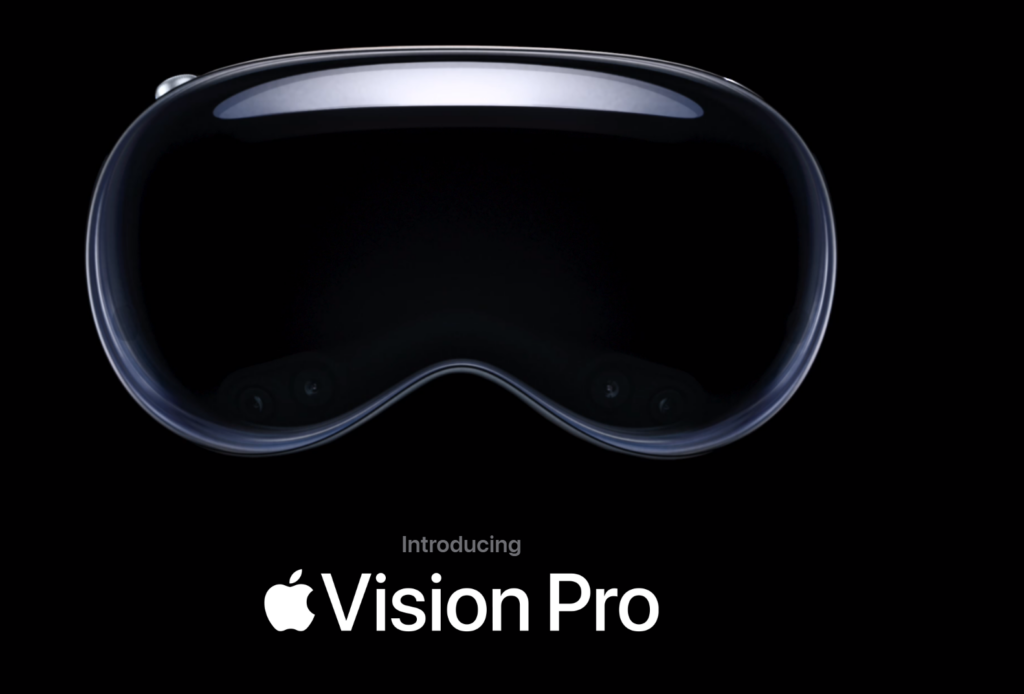On Monday, Apple unveiled its highly anticipated product: the "mixed reality" glasses called Vision Pro. The announcement took place during the Worldwide Developers Conference (WWDC) at the company's headquarters in California, USA.
For those expecting a different type of virtual reality glasses, such as Quest (Meta), HoloLens (Microsoft), or PSVR 2 (Sony), the product was surprising. Unlike its competitors, Vision Pro allows the user to see through them by adjusting the amount of natural light passing through the glasses, and they resemble ski goggles in appearance. Additionally, people around the user can see their eyes, and if they approach, they can "break through" the user's use of the application.
In that way, the device works perfectly for both virtual reality, where the user experiences being immersed in a digital environment, and augmented reality, where digital objects are projected and manipulated in the real environment. The idea is that the user should never feel completely enclosed, as with the competitors.
Vision Pro creates an infinite canvas for applications that goes beyond the boundaries of a traditional screen and introduces a fully three-dimensional user interface controlled by the most natural and intuitive inputs possible – through the movement of the user's eyes, hands, and voice, without any additional equipment like joysticks.
This allows for watching movies, including 3D, with an immersion that surpasses that of cinemas, as it creates projections beyond the boundaries of the film. As if cinemas didn't already have enough problems...
Vision Pro allows users to interact with digital content in a way that feels as if it physically exists in their space. The groundbreaking design of Vision Pro features an ultra-high-resolution display system that accommodates 23 million pixels across two screens, and custom Apple silicon in a unique dual-chip design to ensure that every experience feels like it's taking place right in front of the user's eyes in real-time. Its 12 cameras, 5 sensors, and 6 microphones capture everything around the user, and the user can place their hands wherever they want. Additionally, there is a micro-OLED display with 23 million pixels per eye, which is more than a 4K TV each.
However, there is room for improvement. Despite being smaller than its competitors, Vision Pro is still a bulky device that one would hardly be able to wear on the street. The battery is placed in the pocket and connected with a cable, providing only a two-hour battery life. Lastly, the price: when it is released in the USA in early 2024, it will cost $3,499.
Apple CEO Tim Cook has announced it as the beginning of "spatial computing" and the most revolutionary product from the company since Steve Jobs left us. Now, the only thing left is for the price to be something an average person can afford.
To watch the presentation, click on the following link. https://rb.gy/f29w2 Here is the official video with all the announcements from the event, but I have provided a direct link to the announcement specifically for Vision Pro.




